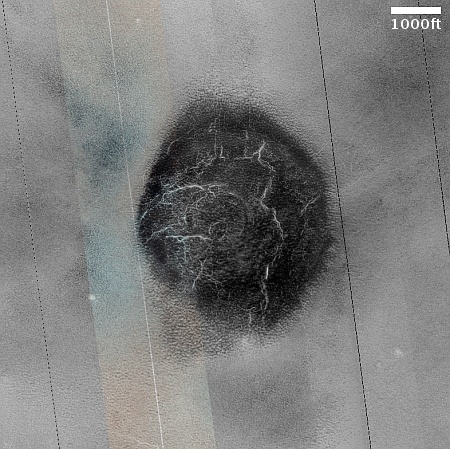Judge okays vote on whether SpaceX’s Boca Chica facility can incorporate as city
After reviewing the local petition submitted by SpaceX requesting permission, a local judge as signed an order allowing the citizens of Boca Chica to vote on whether they can incorporate as city in Texas.
The incorporation petition, [Cameron County Judge Eddie] Treviño explained, was duly signed by at least ten percent of the qualified voters of Starbase. Additionally, the petition satisfied the statutorily required elements and set forth satisfactory proof that Starbase contains the requisite number of inhabitants as required by law and the area to be incorporated is not part of another incorporated city or town.
Since the submitted petition met all statutory requirements, Treviño said he is required under Section 8.009 of the Texas Local Government Code to order that an incorporation election be held on a specific date and at a designate place in the community.
The election is set to occur during the general election on Saturday, May 3rd, 2025.
SpaceX itself had organized the petition and submitted it to the county in mid-December, noting that it already “…currently performs several civil functions around Starbase due to its remote location, including management of the roads, utilities, and the provision of schooling and medical care for the residents. Incorporation would move the management of some of these functions to a more appropriate public body.”
Expect the petition to be approved, making Starbase at Boca Chica one of the most spectacular company towns ever to exist.
After reviewing the local petition submitted by SpaceX requesting permission, a local judge as signed an order allowing the citizens of Boca Chica to vote on whether they can incorporate as city in Texas.
The incorporation petition, [Cameron County Judge Eddie] Treviño explained, was duly signed by at least ten percent of the qualified voters of Starbase. Additionally, the petition satisfied the statutorily required elements and set forth satisfactory proof that Starbase contains the requisite number of inhabitants as required by law and the area to be incorporated is not part of another incorporated city or town.
Since the submitted petition met all statutory requirements, Treviño said he is required under Section 8.009 of the Texas Local Government Code to order that an incorporation election be held on a specific date and at a designate place in the community.
The election is set to occur during the general election on Saturday, May 3rd, 2025.
SpaceX itself had organized the petition and submitted it to the county in mid-December, noting that it already “…currently performs several civil functions around Starbase due to its remote location, including management of the roads, utilities, and the provision of schooling and medical care for the residents. Incorporation would move the management of some of these functions to a more appropriate public body.”
Expect the petition to be approved, making Starbase at Boca Chica one of the most spectacular company towns ever to exist.












